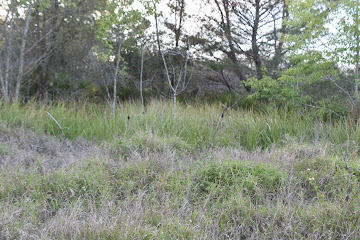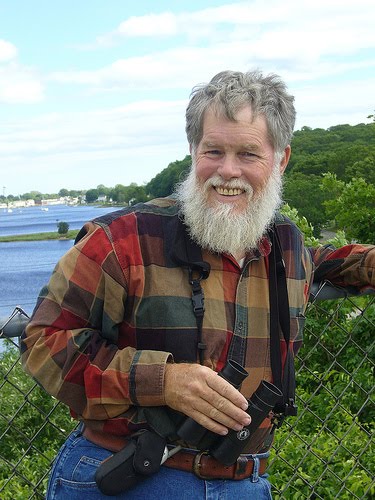Although most of the discussion about non-aquatic turtles and tortoises in Florida focuses on gopher tortoises. I've sometimes wondered whether people were not seeing the complete picture.
Gopher tortoises have certainly declined as development has overtaken their habitat, but I still see them or their active burrows regularly when I am in uplands.
Florida box turtles are another story. If I see one every year or so, I am delighted.
I have read they were actively collected in Florida at one time for the pet trade until wildlife officials stepped in.
I don't know much about their habits except that they do not dig deep burrows like gopher tortoises and instead hollow out a shallow pit and lie among the leaves and soil when they are not active.
Recently I found an empty Florida box turtle shell in the preserve. I have never recorded this species here are far as I can remember over the past 20 years I have been on the site.
I am assuming it was coyote predation. I see coyote scat regularly in the preserve, but that is just a guess.







.jpg)










